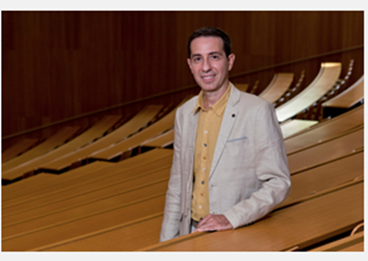The ability to reconstruct the relationships that keep members of a criminal organization together is a delicate and complicated action by law enforcement agencies. Now, advances in IT and data analysis can be used to effectively deal with organized crime.
Prof. Antonio Liotta, an expert in Big Data analysis and complex networks and professor of Data Science at the Faculty of Computer Science and Technology of the Free University of Bolzano-Bozen (Italy), is the lead author–of Disrupting resilient criminal networks through data analysis: The case of Sicilian Mafia (on the PLOS ONE Journal) and Criminal Networks Analysis in Missing Data scenarios through Graph Distances – in which modern graph analysis techniques are applied to criminal networks.
Data Analysis used in the investigation of criminal organizations is difficult because most of the data is missing. Data is purposely modified or missing. When they listen to a tapped telephone, for example, investigators hear the voice of the intermediaries and not of the real boss.
Criminal networks, from a structural point of view, trace the biological neural networks that are the most efficient ones in the passage of information from node – neuron – to node. So, how is it possible to distinguish between those who have a leading role, a subordinate one and those who do not belong to a criminal association? What can be done, and what Liotta and his colleagues are to use another analysis technique: social networks.
In the first scientific paper, Disrupting resilient criminal networks through data analysis: The case of Sicilian Mafia, Liotta and his team reconstructed how the network of relationships of a Mafia clan works. They used an algorithm to create a knowledge graph that represented the criminal network of the clans. Once they had obtained a graphical representation, the topological analysis allowed them to see interactions between the different nodes that would not appear obvious at first.
The researchers used a metric called Betweeness Centrality that enabled them to evaluate the nodes that play a decisive role in the spreading of information between different segments of the network. Once these nodes have been identified, targeted attacks can take place in order to weaken the entire network more effectively. This metric measures the most effective path, which makes it possible to identify the person who issues the order to commit a crime, such as murder. Understanding which nodes are fundamental to the graph helps police forces in their decisions concerning who to arrest, and when, and whether to hit several nodes at once by targeted raids.
Prof. Liotta is already working with various research groups on the development of techniques for making anonymous sensitive data, in order to create more direct collaboration between the university and the special investigation divisions of the police.
Original Release: Eureka Alert

